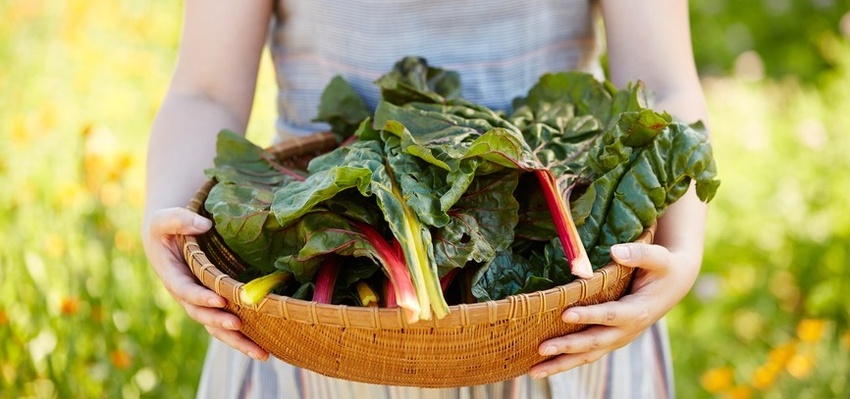Easy Ways To Get More Iron On A Plant-Based Diet

Iron deficiency is the most common and widespread nutritional disorder in the world. According to the World Health Organization, over 30% of the world’s population are anemic, many due to iron deficiency.
Women, who menstruate, particularly if menstrual periods are heavy, are at higher risk to be low in iron. According to American Society of Hematology, vegetarians and vegans are also at higher risk.
According to my knowledge and experience as a nutritionist, this is not because it is not possible to get enough iron through diet. It is because many vegans and vegetarians often eat too much processed foods, for example, fake meats, packaged meals and deserts. Being a vegan does not necessarily mean that your diet is healthy.
There are three components to curing iron deficiency:
1. Eat iron rich foods, like sweet potatoes, peas, raisins, dates, figs, prunes, molasses, artichokes, pumpkin and pumpkin seeds.
There are many other foods high in iron such as spinach, beans, tofu, and sesame seeds. However, while they contain iron, they also contain iron inhibiting substances, so they fall into the third category of components (see below).
2. When eating iron rich foods, make sure to combine them with foods that are high in vitamin C.
In studies about effects of vitamin C on iron absorption, 100 milligrams of ascorbic acid increased iron absorption from a specific meal by 4.14 times. Foods that are high in vitamin C include: citrus fruits, berries, mangoes, kiwifruit, papayas, pineapples, melons, sweet peppers, etc.
3. Avoid substances that inhibit iron absorption at least 3 hours before and after consuming iron-rich foods.
These substances include:
- Calcium-rich foods – dairy products, fish, tofu, broccoli, nuts, figs, etc.
- Oxalates – spinach, kale, nuts, beets, oregano, basil, strawberries
- Polyphenols – apples, peppermint, walnuts, raspberries, blackberries
- Eggs (due to a compound called phosvitin that inhibits iron absorption)
- Coffee, tea and cocoa (chocolate)
- Phytates – soy products and cereal whole flours, dried beans, sesame seeds, lentils and peas, whole grains.
One of my clients has had an iron deficiency since childhood and thought nothing could help her. She'd tried various supplements and even eating a lot of meat. Interestingly enough, her iron went up when she decided to quit meat and became a vegan.
I made a diet plan for her focusing on iron and vitamin C rich foods, eating them at specific times and combinations. While she was getting plenty of iron, her body was not absorbing it efficiently.
Then I came up with this supplement plan – having a teaspoon of spirulina (which is super packed with iron) and a teaspoon of organic raw camu berry (contains huge amounts of vitamin C) either with lemon water, or with a fruit smoothie in the morning.
(Note: I'm not affiliated with these products or companies. These particular brands are what I use and recommend to my clients, but feel free to do your own research and pick a different brand of spirulina/camu camu berry! )
My client has followed this protocol for four months and it has raised her ferritin levels from 8.18 ng/mL to 23.17 ng/mL. (The norm for women is 12-150 ng/mL).
Her doctor couldn't believe these figures and asked if she was taking any iron shots. As a holistic nutritionist, I try to use whole foods to cure any deficiencies whenever possible. However, in some situations natural supplements can help as well.
If you have an iron deficiency, I hope some of these tips will help you get better.
